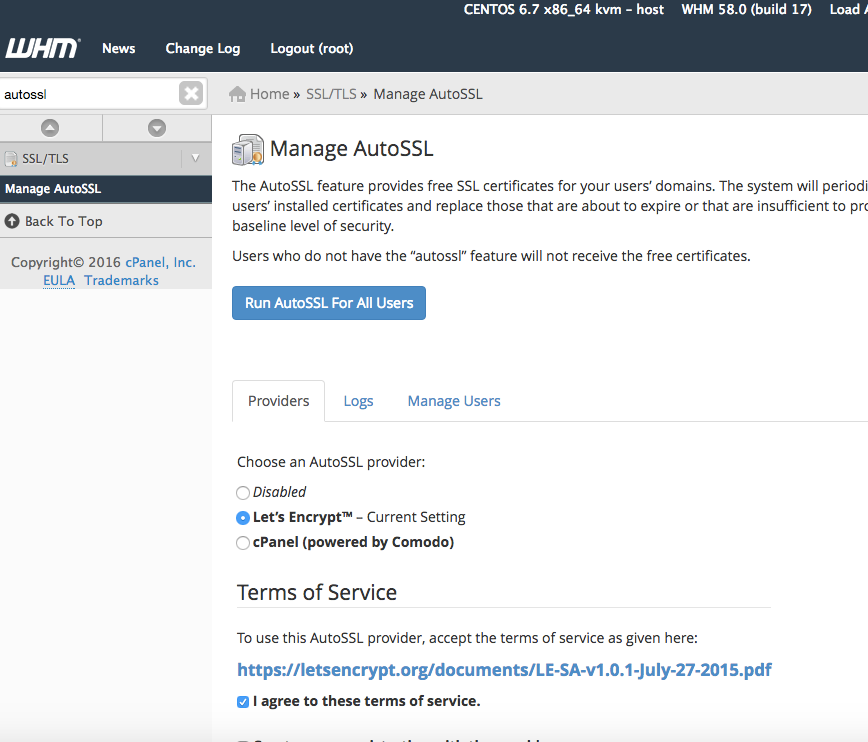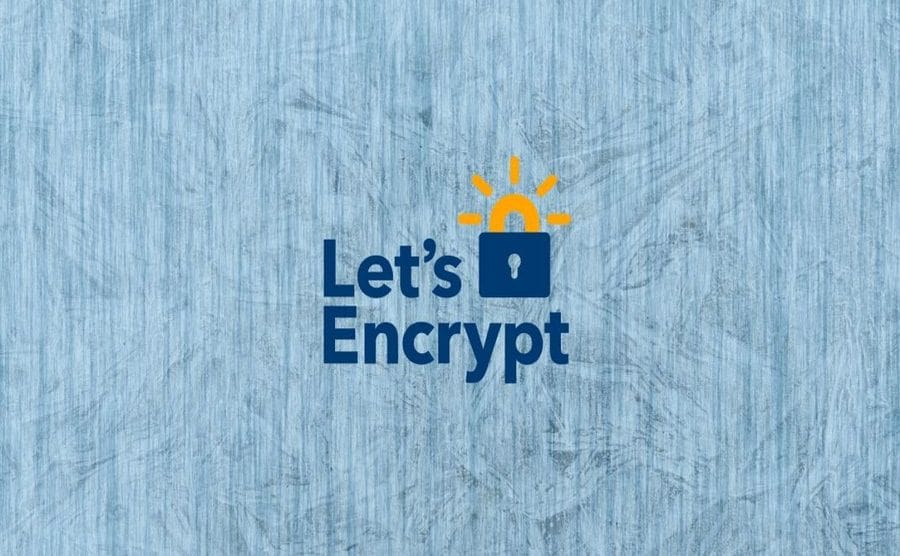

The Internet Security Research Group (ISRG), the provider of the service, is a public benefit organization. It is the world’s largest certificate authority, used by more than 265 million websites, with the goal of all websites being secure and using HTTPS. Let’s Encrypt is a non-profit certificate authority run by Internet Security Research Group that provides X.509 Let’s Encrypt is a non-profit certificate authority run by Internet Security Research Group (ISRG) that provides X.509 certificates for Transport Layer Security (TLS) encryption at no charge.
LETSENCRYPT CPANEL HOW TO
The Let’s Encrypt™ option will no longer be shown under the Providers list confirming its removal.You don’t have to know the cryptography to install SSL certificates.ĭo you know Let’s Encrypt, you can secure your website for free? Now you can we will show you, how to install SSL with Let’s Encrypt by using cPanel. Once the plugin has been removed, this can be verified by logging into WHM and navigating to Manage AutoSSL option under the SSL/TLS section. # /usr/local/cpanel/scripts/uninstall_lets_encrypt_autossl_provider If the Let’s Encrypt plugin is no longer required to serve the AutoSSL feature in WHM and needs to be removed from the server, the below steps can be followed.Įxecute the below command from the server command prompt. Uninstalling Let's Encrypt plugin from WHM The basic default domains include the main domain name, cpanel, webmail, webdisk, mail, www, cpcontacts, cpcalendars and * (wildcard) associated with the main domain name. The Logs option can be used to check if the Let’s Encrypt™ SSL has been installed for the default domains of the cPanel account. Once it is successfully enabled, a message prompt will be displayed that the AutoSSL feature has been enabled for the selected cPanel user. Note: In the above example, the domain has been used with the cPanel user account being layerstack. Select the check-box to the left of the cPanel user account for which the Let’s Encrypt AutoSSL feature is to be enabled and then click on the Enable AutoSSL on selected user button. Once the Let’s Encrypt SSL plugin has been installed and enabled in WHM, the Let’s Encrypt SSL can now be enabled for individual accounts on the server.Ĭlick on the Manage Users tab from the same Manage AutoSSL page in WHM. Installing Let’s Encrypt SSL Certificate for an account If the Let's Encrypt is selected and set as the default provider on WHM, it will provide all future SSL and Wildcard SSL certificates.

The current AutoSSL provider will be displayed as Let's Encrypt™. Once it is saved successfully, a prompt will be displayed notifying that the AutoSSL has been configured to use the Let's Encrypt™ provider. Once this is done, select the I agree to these terms of service option and then click on Save.
LETSENCRYPT CPANEL PDF
The terms can be reviewed from the link of the PDF file shown. Once the Let’s Encrypt™ option is selected, the Terms of Service section will be shown.

Once logged in to the WHM, navigate to the Manage AutoSSL that is under the SSL/TLS section and select the Let’s Encrypt™ option under the Providers tab. NOTE: Replace the IP address with the actual IP address of the server. Log in to the server WHM panel by using the below URL. # /usr/local/cpanel/scripts/install_lets_encrypt_autossl_provider The below steps can be followed to install the Let's Encrypt plugin first in WHM.Įxecute the below command from the server command prompt. In the AutoSSL feature, the Let's Encrypt Plugin allows retrieving certificates from the Let’s Encrypt™ provider.īy default, the Let's Encrypt Plugin will not be enabled in WHM and only the cPanel’s default provider will be present as shown. In WHM, the manage AutoSSL interface allows the management of the AutoSSL feature, which automatically installs domain-validated SSL certificates.


 0 kommentar(er)
0 kommentar(er)
